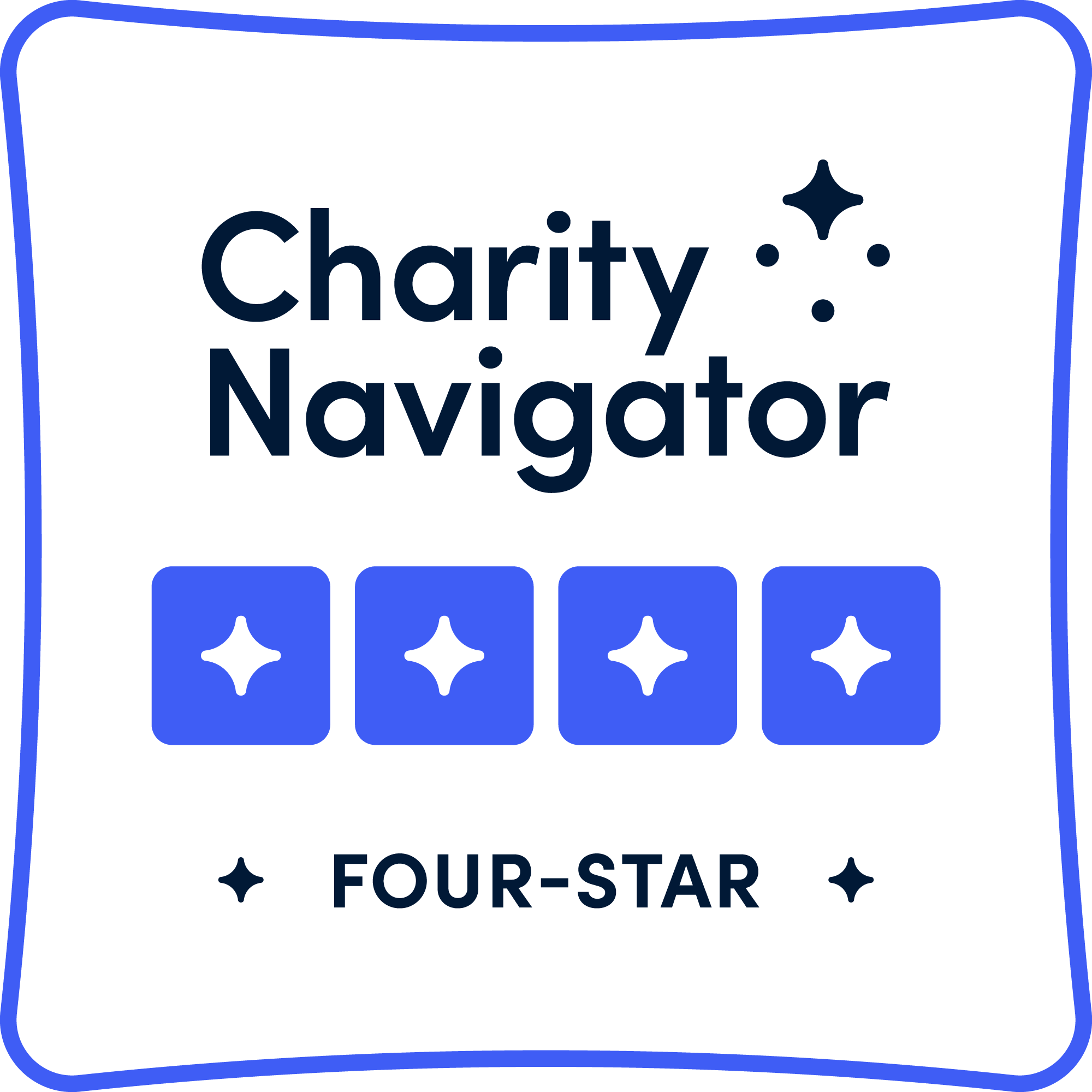Join our email list to stay up to date on the latest Amyloidosis news.
David Gibson,1 Kristen Hsu,1 James Signorovitch,2 and Isabelle Lousada1
1Amyloidosis Research Consortium, Newton, MA, USA; 2The Analysis Group Inc., Boston, MA, USA

Amyloid transthyretin (ATTR) amyloidosis is a progressive, debilitating, and ultimately fatal disease caused by deposition of misfolded transthyretin (TTR) amyloid fibrils in multiple tissues and organs and the resultant organ dysfunction.1 The TTR protein can misfold in its native state to form wild-type ATTR (ATTTwt) amyloidosis or due to a mutation in the gene resulting in variant [ATTRv] amyloidosis.2,3 The organ systems typically involved include the heart, and peripheral and autonomic nervous systems.1-3 Although ATTR amyloidosis is considered a rare disease, ATTRwt disease may actually be quite common.4 It cannot be overstated how devastating this disease is – the typical symptoms significantly impact patients’ health and quality of life (QoL), with advanced cardiac involvement progressing to heart failure and peripheral nerve involvement eventually resulting in wheelchair or bed confinement.5 Unfortunately, diagnosis is often delayed or missed entirely due to non-specific and varied clinical symptoms and low disease awareness.6
Developing therapies in ATTR amyloidosis has often proved to be challenging, and two drug rejections, a decade apart, have demonstrated that significant hurdles remain.
Developing therapies in ATTR amyloidosis has often proved to be challenging, and two drug rejections, a decade apart, have demonstrated that significant hurdles remain. Tafamidis, a benzoxazole derivative that stabilizes the TTR protein, was evaluated in a randomized, double-blind study in patients with ATTRv with polyneuropathy (PN).7 Although the co-primary endpoints were not met (Neuropathy Impairment Score-Lower Limbs [NIS-LL] and Norfolk Quality of Life-Diabetic Neuropathy total score [TQOL]), treatment was associated with a slowing of neurologic deterioration, and EMA approved tafamidis in November 2011 for ATTRv with stage I PN. Tafamidis has been subsequently approved in more than 40 countries. In 2012, although the FDA Peripheral and Central Nervous System Drugs Advisory Committee did not find substantial evidence of efficacy on a clinical endpoint, they did vote 13 to 4 that the study had substantial evidence of effectiveness for a surrogate endpoint (muscle strength and small fiber function) that was likely to predict clinical benefit.8 However, tafamidis was rejected by FDA for ATTRv with PN in June 2012.9 Fast forward over a decade, and here we are again. Patisiran, a small interfering RNA, has been shown to reduce TTR production in the liver and was approved in 2018 by FDA for the treatment of ATTRv with PN.10 Patisiran was further evaluated in patients with ATTR amyloidosis with cardiomyopathy (CM) in the APOLLO-B trial, and while the trial did meet the primary endpoints with statistical significance, the effect sizes were modest over the 12-month trial duration.11 While the FDA advisory committee voted 9-3 that the benefits outweighed the risks, patisiran was rejected by FDA for the treatment of ATTR with CM in October 2023.12 Ironically, tafamidis had ultimately been approved in May 2019 for ATTR with CM based on lower all-cause mortality and rates of cardiovascular-related hospitalizations, and a reduced decline in functional capacity and quality of life compared with placebo in the phase 3 ATTR-ACT trial.13 These impressive data have set the bar high for subsequent drugs and may have contributed to the decision with patisiran.
It feels like a familiar story–drugs for a devastating rare disease that appear to be favorably viewed by the Advisory Committee and are desperately needed by patients, ultimately seem to struggle to generate the evidence required for regulatory approval. What is going on and how can we make the process of drug development in ATTR amyloidosis less challenging – for both drug developers and regulatory bodies?
It feels like a familiar story–drugs for a devastating rare disease that appear to be favorably viewed by the Advisory Committee and are desperately needed by patients, ultimately seem to struggle to generate the evidence required for regulatory approval. What is going on and how can we make the process of drug development in ATTR amyloidosis less challenging – for both drug developers and regulatory bodies?
A lack of suitable natural history data was and remains an issue. While 10 years apart in their conduct, both the tafamidis and patisiran clinical development programs were essentially “flying blind”, the former due to a lack of any data and the latter because of an evolving natural history due to recent advances in treatment options, early diagnosis, and a growing awareness. It’s always a challenge to run a successful placebo-controlled clinical trial if you don’t know how the placebo patients will progress. Understanding the rate of decline for a primary endpoint (e.g., six-minute walk distance [6MWD]) in the placebo arm is critical, with the difference between placebo and normal age-related decline determining the effect size that could be observed over a given trial period. Moreover, as the patient population evolves due to increased disease awareness and diagnosis, and studies are enrolling patients with earlier stage disease, longer studies will be necessary to see treatment differences. Longer placebo treatment groups are challenging from a practical and ethical perspective.
As part of their rejection of patisiran for ATTR-CM, the FDA found that the clinical data did not establish the “clinical meaningfulness of patisiran’s treatment effects.” This may have been due in part to an absence of disease-specific evidence in ATTR-CM regarding the levels of change that were clinical meaningful in primary outcomes.
Simply put, can patients feel benefit from preservation of 15 meters in 6MWD over a duration of one year in a progressive disease?
Simply put, can patients feel benefit from preservation of 15 meters in 6MWD over a duration of one year in a progressive disease? Without better disease-specific metrics of clinical meaning, the FDA may not credit even statistically significant evidence of efficacy. This highlights the need to involve patients in the process, as their voice and opinion as to what matters as outcomes is foundational to clinical meaning. Clinical trials in ATTR amyloidosis are also challenging due to the multiple organ nature of the disease. While a treatment that has clearly demonstrated benefit in one organ system may be anticipated to show benefit in another organ system, we need a validated and accepted composite endpoint to successfully access the efficacy of drugs across multiple organ systems.
Just as amyloidosis impacts multiple organs, tackling the issues that stand in the path of the development of new therapeutic options will involve multiple groups including drug development companies, academic experts, and regulatory bodies. At the center of this is collaboration.
Just as amyloidosis impacts multiple organs, tackling the issues that stand in the path of the development of new therapeutic options will involve multiple groups including drug development companies, academic experts, and regulatory bodies. At the center of this is collaboration. These challenges, and the paths to solutions, are not unique to amyloidosis, but rather are common across rare diseases. The Amyloidosis Research Consortium (ARC) is a nonprofit organization dedicated to improving the awareness, science, and treatment of amyloidosis, with a mission to improve and extend the lives of patients. ARC is also ideally positioned to partner with both industry and government to address the issues discussed above. Specifically, in 2019, ARC formed the Amyloidosis Forum, a public-private partnership with FDA, with a goal of accelerating the advancement of new therapeutics in amyloidosis. The Forum represents a venue for discussion of issues and challenges, and the development of solutions. Indeed, working groups within the Forum are currently discussing ways to facilitate the accessibility of both clinical data and natural history data, which are crucial to improving the designs of future clinical trials with an up-to-date understanding of outcomes under current standards of care. Endpoints are also an active area of collaboration within the Forum, bringing together clinical expertise across the multiple organ systems affected. The drug development community has a responsibility to develop evidence for what levels of change in an endpoint are clinically meaningful to patients, thereby allowing FDA to make evidence-based decisions. Such evidence is best developed in the collaborative environment that ARC has created. With an eye on patient QoL as a crucial measure of the effectiveness of a new therapeutic option, the development of amyloidosis-specific PRO tools is essential. Indeed, within a multidisciplinary setting involving clinical experts, researchers and patients, ARC has facilitated the development of an ATTR-specific PRO measure (ATTR-QOL).14
ATTR amyloidosis represents a devastating diagnosis for patients, a test for clinicians, and a worthy challenge for drug developers. It is through ongoing discussion and collaboration that the hurdles standing between patients and the benefits that come with new therapeutic options can be overcome.
References
- Nativi-Nicolau JN, Karam S, Kella S, et al. Screening for ATTR amyloidosis in the clinic: overall disorders, misdiagnosis, and multiorgan awareness. Heart Fail Rev. 2022;27(3):785-793. doi: 10.1007/s10741-021-10080-2.
- Ando Y, Coelho T, Berk JL, et al. Guideline of transthyretin-related hereditary amyloidosis for clinicians. Orphanet J Rare Dis. 2013;8:31. doi: 10.1186/1750-1172-8-31.
- Ruberg FL, Berk JL. Transthyretin (TTR) cardiac amyloidosis. Circulation. 2012;126(10):1286-1300. doi: 10.1161/CIRCULATIONAHA.111.078915.
- Hahn VS, Yanek LR, Vaishnav J, et al. Endomyocardial biopsy characterization of heart failure with preserved ejection fraction and prevalence of cardiac amyloidosis. JACC Heart Fail. 2020;8(9):712-724. doi: 10.1016/j.jchf.2020.04.007.
- Aimo A, Rapezzi C, Perfetto F, et al. Quality of life assessment in amyloid transthyretin (ATTR) amyloidosis. Eur J Clin Invest. 2021;51(11):e13598. doi: 10.1111/eci.13598.
- Nativi-Nicolau JN, Fine NM, Ortiz-Pérez JT, et al. Clinical manifestations and healthcare utilization before diagnosis of transthyretin amyloidosis. J Comp Eff Res. 2022;11(14):1031-1044. doi: 10.2217/cer-2022-0074.
- Coelho T, Maia LF, Martins da Silva A, et al. Tafamidis for transthyretin familial amyloid polyneuropathy: a randomized, controlled trial. Neurology. 2012;79(8):785-792. doi: 10.1212/WNL.0b013e3182661eb1.
- Pfizer press release. Wednesday May 23, 2012 – 08.36 pm. FDA Advisory Committee Finds Data Support Effectiveness of Tafamidis Meglumine, Pfizer’s Novel Investigational Treatment for Transthyretin Familial Amyloid Polyneuropathy (TTR-FAP). Available from: https://www.pfizer.com/news/press-release/press-release-detail/fda_advisory_committee_finds_data_support_effectiveness_of_tafamidis…. Accessed March 5, 2024.
- Pfizer press release. Monday June 18, 2012 – 07.31 am. FDA Issues Complete Response Letters for Pfizer’s Tafamidis Meglumine New Drug Application. Available from: https://www.pfizer.com/news/press-release/press-release-detail/fda_issues_complete_response_letter_for_pfizer_s_tafamidis_meglumine…. Accessed March 5, 2024.
- Alnylam press release. Aug 10, 2018. Alnylam Announces First-Ever FDA Approval of an RNAi Therapeutic, ONPATTRO™ (patisiran) for the Treatment of the Polyneuropathy of Hereditary Transthyretin-Mediated Amyloidosis in Adults. Available from: https://investors.alnylam.com/press-release?id=22946. Accessed 5 March, 2024.
- Maurer MS, Kale P, Fontana M, et al. Patisiran treatment in patients with transthyretin cardiac amyloidosis. N Engl J Med. 2023;389(17):1553-1565. doi: 10.1056/NEJMoa2300757.
- Alnylam press release, Oct 09, 2023. Alnylam Announces Receipt of Complete response Letterfrom U.S. FDA for Supplemental New Drug Application for Patisiran for the Treatment of the Cardiomyopathy of ATTR Amyloidosis. Available from: https://investors.alnylam.com/press-release?id=27741. Accessed March 5, 2023
- Maurer MS, Schwartz JH, Gundapaneni B, et al. Tafamidis treatment for patients with transthyretin amyloid cardiomyopathy. N Engl J Med. 2018;379(11):1007-1016. doi: 10.1056/NEJMoa1805689.
- Q’Connor M, Hsu K, Broderick L. et al. The Transthyretin Amyloidosis – Quality of Life (ATTR-QOL) Questionnaire: Development of a conceptual model and disease-specific patient-reported outcome measure. Patient Relat Outcome Meas. 2023;14:213-222. doi: 10.2147/PROM.S411721.









